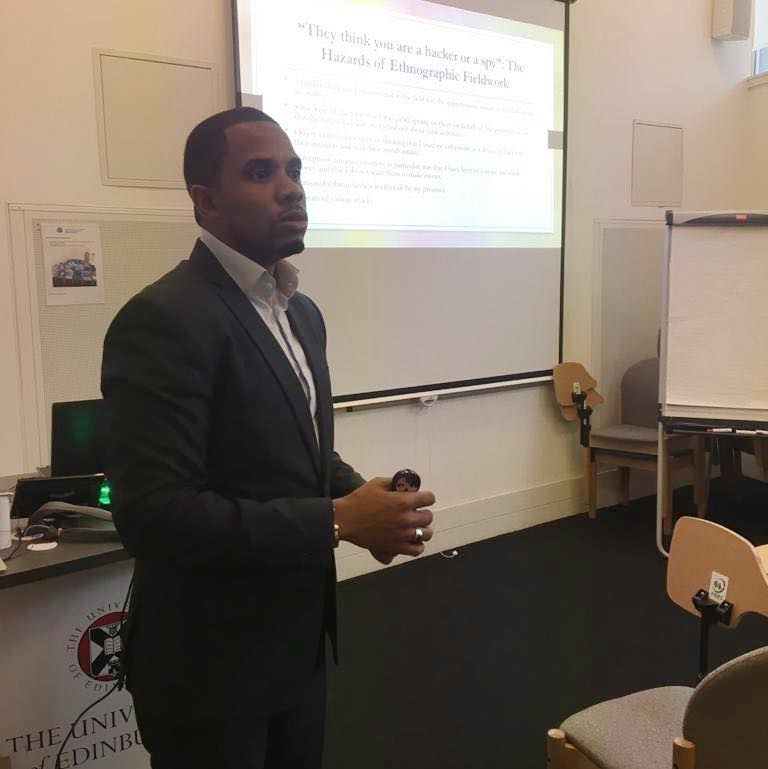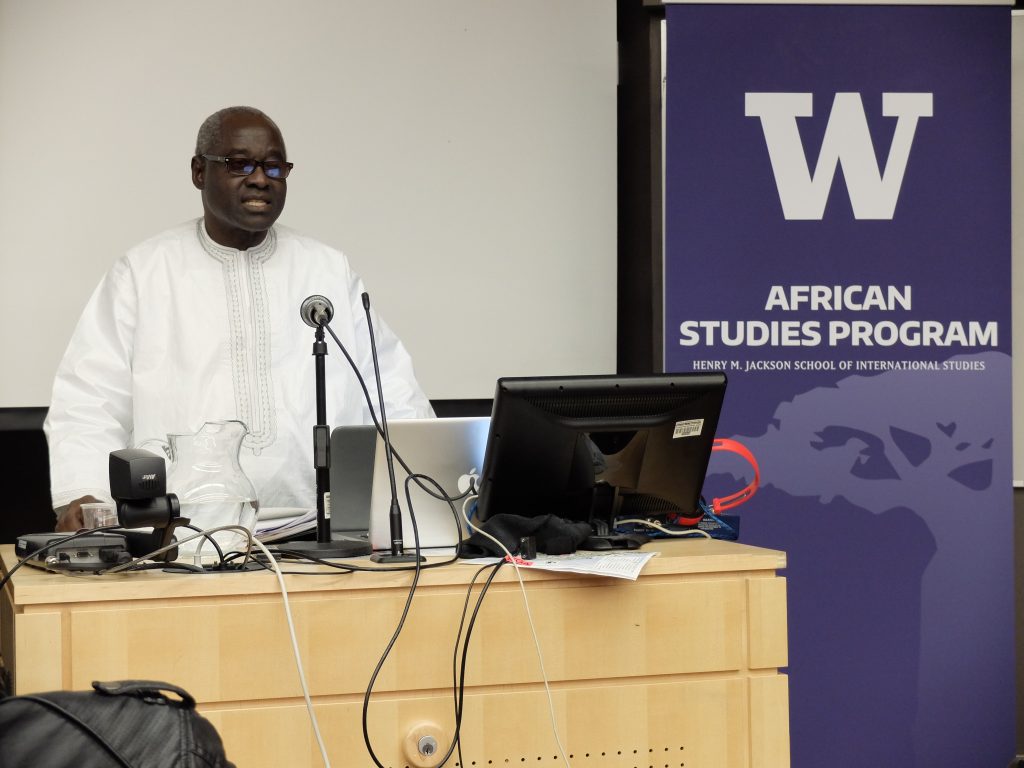By Musa Sanneh
The more things evolved, as social scientists have noted, the more they sometimes look alike. That has been true not only for Ancient Greece and Rome but also for The Old Gambia and The New Gambia. The intellectual vanguards of The Old Gambia have reprimanded us that independence transcends the mere hoisting the national flag and singing the national anthem. Independence, they prophesied, is about the freewill to make the decisions of harnessing our national resources to utilize them for the general welfare. The vanguards argue that more than half a century after nation-statehood, the only things The Gambia has perfected are the tools to beg for charities. They posit that The Gambia has always had an ocean and a river to fish, and a fertile land to farm subsistence crops to substitute for import.
To substantiate their policy prescriptions further, they illustrate the tragedy that befell the defunct Gambia Produce Marketing Board (GPMB) in 1979 when it was saddled with more than D100 million debt —an equivalent of $37 million. Before the reversal of its fortune, the GPMB by 1978 had accumulated reserves of D106 million ($54.6 million)—30 percent of the country’s Gross Domestic Products at the time.
The Gambia Commercial and Development Bank (GCDB) is yet another example of a state-owned enterprise they tout as a success story with a stellar performance in 1982 of D190 millions of savings in the vault. Fast forward to 1992, the GCDB did not only collapse but another public corporation, the Assets Management and Recovery Corporation (AMRC) was set up to recover the more than D300 million owed to it by debtors. Many of the debt were state-guaranteed loans. Needless to say the tons of money that were ruthlessly swindled in Jahal Patcharr or extravagantly wasted in other public corporations are not factored in the spoils. Therefore, what is the solution?
The solution, according to these elites, lies in a paradigm shift that gravitates yet on more, but not less, State-owned enterprises (SoEs). The States-own enterprises, they give assurances, will be redesigned to achieve the goals they were originally created to achieve which they had failed to attain. For example, in agriculture, the new paradigm would require the establishment of a Co-operative Bank. This Bank will be designed to provide farm inputs and implements as loans to village and family farms at interest free or for a service fee that are below the market rates. With this new system instituted, they said, the earnings of the farmers will skyrocket. And with increased earnings the potential to invest into housing schemes for the rural poor by the Social Security and Housing Finance Corporation would be maximized in addition to other positive externalities.
But beyond the expressive magnetic of the word “sovereign wealth,” much ado about something to be discussed later, proponents of this paradigm provided no econometric data to show the most efficient way to capitalize the proposed Co-operative Bank. Furthermore, they have not indicated how much capital will be needed; and what organizational values and Enterprise Risk Management (ERM) tools will be deployed to manage the Bank differently from the predecessor Banks—such as the former Agricultural Development Bank, the Gambia Commercial and Development Bank, or even the current State-owned enterprises. Moreover, what they have also not clearly stated is how even at subsidized interest rates, what would happen when borrowers are not able to repay their loans for whatever reasons; what metrics exist that will measure the risk profile of village or family firms relative to the Bank’s risk tolerance? In other words, given the state of affairs of the country, what tools exist that could potentially narrow down or completely eliminate information asymmetry between village and family farms on one hand and the Co-operative Bank on the other hand; and what is the exit strategy once the Co-operative Bank failed to achieve the purpose for which it was established?
Notwithstanding these unknowns and other fundamental imperatives, the pilgrims of this economic orthodoxy countenance no skepticism as they continue to brush aside every single alternative as myopic, parochial or unworkable. Absent in their thought process is the fundamental consensus amongst mainstream economists, globally, that to shape sound governmental policy, “theoretical economics” must use “mathematical and computational modeling” in order to predict potential outcomes—(“Practical Economics”). Now, clearly, where data or numbers are not provided, it is unreasonable to recommend that skeptics contend with theoretical vanity.

But, if The Old Gambia is one side of the coin, The New Gambia must certainly be the other side of the same coin. Glowing in unblemished confidence and scintillating in self-righteousness the intellectual vanguard of the New Gambia insists that in their impending maiden-economic diagnostics of The Gambia, they will show in no uncertain terms the fundamentally-chronic ailments of the Gambian economy. In the interim, he insists that the prognostics offered by the protagonists of The Old Gambia are risky bets that seem totally out of sync with the realities of The New Gambia. What The New Gambia needs, he posited, is innovation— in our education system, agricultural methods and production, service sectors and service delivery systems. The question however is, how do we innovate and at what speed and cost? As with the vanguards of The Old Gambia, skeptics of the elites of The New Gambia insist that sound governmental policies must proceed from theoretical economics informed by an arithmetical and “computational modeling” to enable skeptical Gambians predict with laser precision the practical outcomes of all policy proposals. Thus, as with the vanguards of The Old Gambia, theoretical vanity of the elites of The New Gambia is equally not an option. For the other political parties that are basically functioning as mob groups, Babili Mansa Apostles, donor-dependent crowds, and indeed all the remaining groups their positions in this column will be judged not by their rhetorical vanity but by their public-policy proposals.
As the theoretical and rhetorical vanities continue on both sides, turmoil at the State-owned enterprises (SOEs) — the bastion of would be the economic engine — rages unabated. For example, as recently as August 2019, Ernst and Young (EY) performed:
Special Purpose ‘audits’ at 7 of The Gambia’s 13 SOEs. Funded by the World Bank, the audits are designed to provide the Government and donor community with a forensic, independent and current snapshot of the SOEs. The audits have assessed the historic and current control and governance environments, the strength of current operational practices, and the robustness of the reported financial position. The work also aimed to identify the magnitude, frequency and channels of historic fund diversions or leakages.
The findings of the Special Audit, as would be expected of public entities in Banana Republics, were so horrendous that they seem to indicate that we, as a people, are damned for eternal failure. In one of its findings, EY reported that “several of the SOEs have been loss-making for so long that they are technically insolvent but continue to operate.” Increasing losses, EY contends, “have been attributed to flawed commercial models (one time monopolies now operating in the private sector, such as GAMCEL and GNPC), overstaffing (considered particularly acute at NAWEC and GAMTEL) and fraud and corruption (all SoEs).” And these, as we will discover later, are the least of the damning observations EY made.
But the truth remains that, Section 100 of the Constitution accords the National Assembly the power to make laws. Furthermore, PART IV, Subsection 27 of the Public Finance Act (2014) also provides that the:
National Assembly may appoint, temporarily or permanently, a small core of technical staff to assist in gathering information, making research and analysis on issues pertinent to its deliberations and resolutions on the budget submitted to it by the minister.
The questions therefore are, who are to be blamed for the damning state of affairs of our State-owned enterprises given the above provisions; and should Gambians gullibly accept more State-owned enterprises based on theoretical vanities of political parties, or should we ask for the underlying numbers? Whatever your thoughts are, The Gambia Times intends to provide you with full finance and economic analyses of The Gambia’s State-owned enterprises, starting with the Special Audit Report by Ernst and Young. Once we conclude that, we shall foray into policy platforms of the various political parties. Mindful of our own political leanings we intend to dispense this duty to our readers with professionalism. So, help us Great God of nations.


